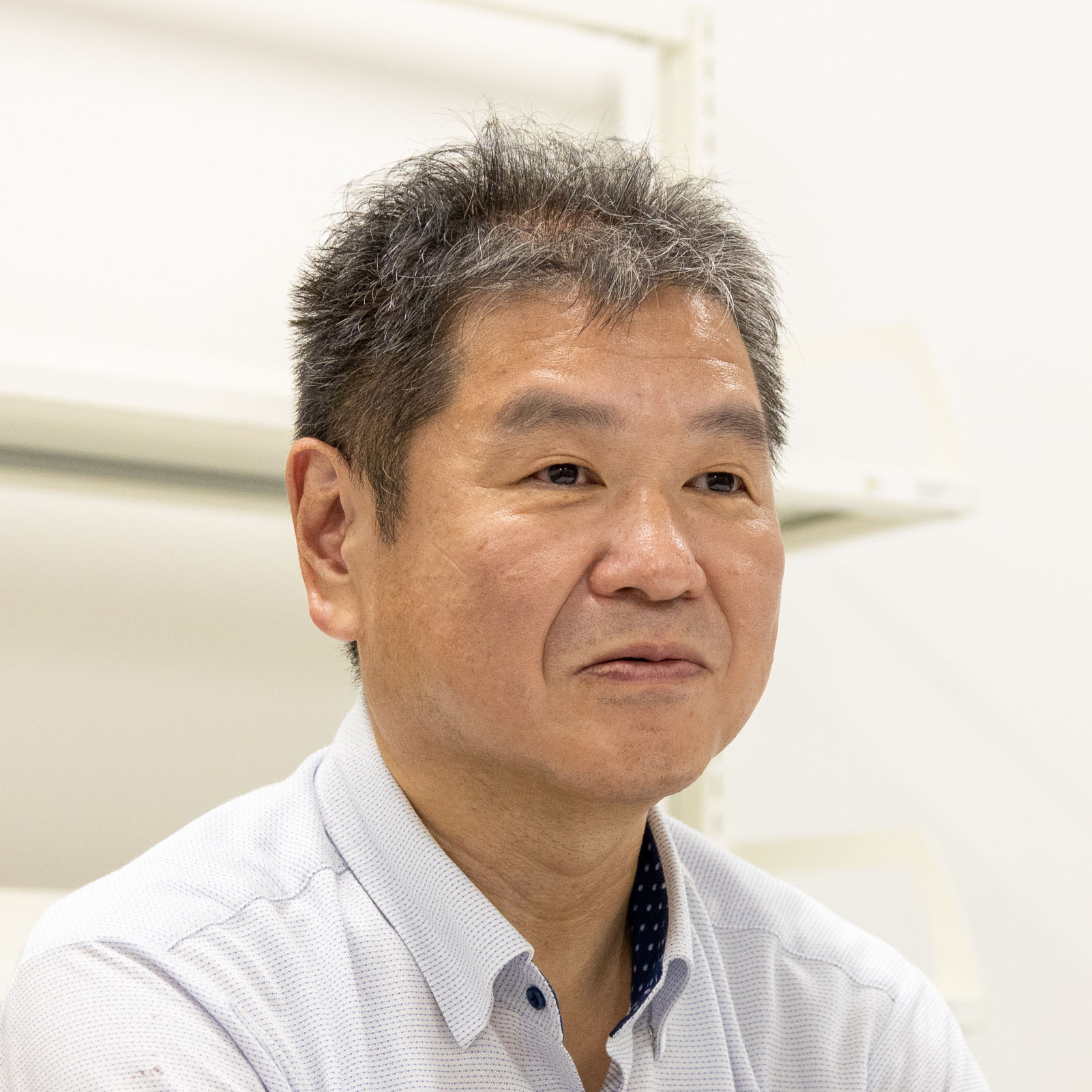Metabolomic analysis of postmortem blood reveals biomarkers that can be used to diagnose diabetes mellitus, enabling accurate forensic diagnosis
Forensic pathologists have a battery of techniques in their arsenal to help unravel a decedent’s cause of death, such as an undiagnosed disease. The latest addition to this toolkit is metabolomics. In a new study, scientists from Japan have used metabolomic analysis to identify metabolites that could be used for the postmortem diagnosis of diabetes mellitus. Their findings suggest that metabolomic analysis of postmortem samples can be a valuable technique in forensic science.

A

B
Title: Researchers use metabolomic analysis to diagnose DM even after death, calling for the technique’s use in forensic analysis
A. Score and loading plots of PCA. 10 samples from the DM group (red) and 10 samples from the negative (Ng) group (green) are plotted based on 22 ions with statistical significance in the analysis targeting hydrophilic substances. The loading plot corresponds to the PCA score plot, with one plot representing a single ion. From this plot, it is possible to visually understand what the characteristic components are for the DM and Ng groups, respectively.
B. Heat map analysis of metabolomics for hydrophilic substances. The row displays the ions, and the column represents the samples. Ions with significantly lower levels are displayed in blue, while ions with significantly higher levels are displayed in red. The brightness of each color corresponds to the magnitude of the difference when compared to the average value. The samples roughly form clusters of DM group (red) and Ng group (green).
Images courtesy: Maika Nariai, The University of Tokyo
Determining the cause of death is one of the most crucial and challenging parts of a forensic investigation. Knowing the medical history of the decedent can make this task significantly easier and even help forensic pathologists infer the condition of the deceased before death. However, this information is not always available, such as in the case of an undiagnosed disease. For instance, diabetes mellitus (DM), a major chronic disease with a high global prevalence, is notoriously difficult to diagnose postmortem as a cause of death, especially when the decedent’s medical history is unavailable before the autopsy. The current biochemical tests used to diagnose DM after death each have their limitations.
Metabolomics, which is the study of metabolites such as sugars, amino acids, and lipids within biological systems, is a rapidly emerging tool in the field of precision medicine. Metabolomic analysis has been used to diagnose complex diseases ranging from colorectal cancer to depression. However, most studies to date have used the metabolomic approach to search for disease biomarkers in samples from living persons. While the metabolomic analysis of postmortem samples has not been studied in as much detail, it could offer a much more reliable approach for diagnosis.
This possibility urged a group of scientists, including Ms. Maika Nariai, who was a medical student at the time of conducting the study at the Department of Forensic Medicine, The University of Tokyo, to use metabolomic analysis to find postmortem biomarkers reflecting a decedent’s history of DM. The research team also consisted of Dr. Yohsuke Makino from the Department of Forensic Medicine, The University of Tokyo and Dr. Hiroko Abe, Dr. Yumi Hoshioka, and Prof. Hirotaro Iwase of the Department of Legal Medicine, Chiba University. Their findings were recently published in The International Journal of Legal Medicine.
The team selected 10 subjects with a history of DM and another 10 with no confirmed history of DM autopsied at a department of legal medicine in Japan between 2014 and 2017. They performed metabolomic analysis on postmortem blood samples to find biomarkers that potentially reflected a history of DM. Interestingly, they observed that two classes of lipids, sphingomyelin and plasmalogens, were significantly lower, while lysophospholipids were higher in the subjects with DM than in those with no known history of DM, suggesting that these metabolites could be used as biomarkers for the forensic diagnosis of DM.
Hailing this result, Ms. Nariai says, “Our findings have the potential to boost metabolomics research in forensic science and lead to the improvement of the quality of forensic investigations by precisely diagnosing diabetes even after death. It can also help improve public health and reduce false accusations.”
So, what are the long-term implications of these findings?
Ms. Nariai has an answer, “The forensic diagnostic markers for other diseases and conditions may be found if further research on metabolomics using postmortem samples is conducted. This will be useful in investigating cases where the cause of death is not clear. Moreover, metabolomics of postmortem samples may also provide new insights into the diagnosis and treatment of various diseases and a better understanding of changes after death.”
The research team is confident that with further research using postmortem samples, metabolomics will become a worthy addition to a forensic pathologist’s toolkit. “In addition to blood, we think that other postmortem samples, such as hair, urine, and vitreous humor, may provide useful results for biomarker identification,” Ms. Nariai concludes.
About Maika Nariai
Ms. Maika Nariai was a medical student at the Department of Forensic Medicine, Graduate School of Medicine, The University of Tokyo, at the time of study. She is currently working as a resident doctor at the University of Tokyo Hospital. Her research interests include Forensic Science and Toxicology, and she has published multiple papers on these topics in journals of repute.
Reference
Title of original paper: Biomarker profiling of postmortem blood for diabetes mellitus and discussion of possible applications of metabolomics for forensic casework
Authors: Maika Nariai3, Hiroko Abe2, Yumi Hoshioka1, Yohsuke Makino1,3, Hirotaro Iwase1,3
-
Affiliations:
- Department of Legal Medicine, Graduate School of Medicine, Chiba University
- Bio Design Inc., Tokyo
- Department of Forensic Medicine, Graduate School of Medicine, The University of Tokyo
DOI: 10.1007/s00414-021-02767-w
CONTACT
Hirotaro IWASE
Department of Legal Medicine, Graduate School of Medicine, Chiba University
TEL: +81 43 226 2078
Email: iwase@faculty.chiba-u.jp
Public Relations Office, Chiba University
Address: 1-33 Yayoi, Inage, Chiba 263-8522, JAPAN
Email: koho-press@chiba-u.jp
Recommend
-

Making the Invisible Visible: Drones Enabling Agricultural Advances
2022.10.17
-

Examining Social Injustice of Modern Society through “Child Poverty”: Creating a Society Where Every Parent is Respected, and Every Child Thrives
2023.05.26
-

Decoding the Secrets in Art: The Art and Legacy of Early Modern European Female Painters
2024.07.24



